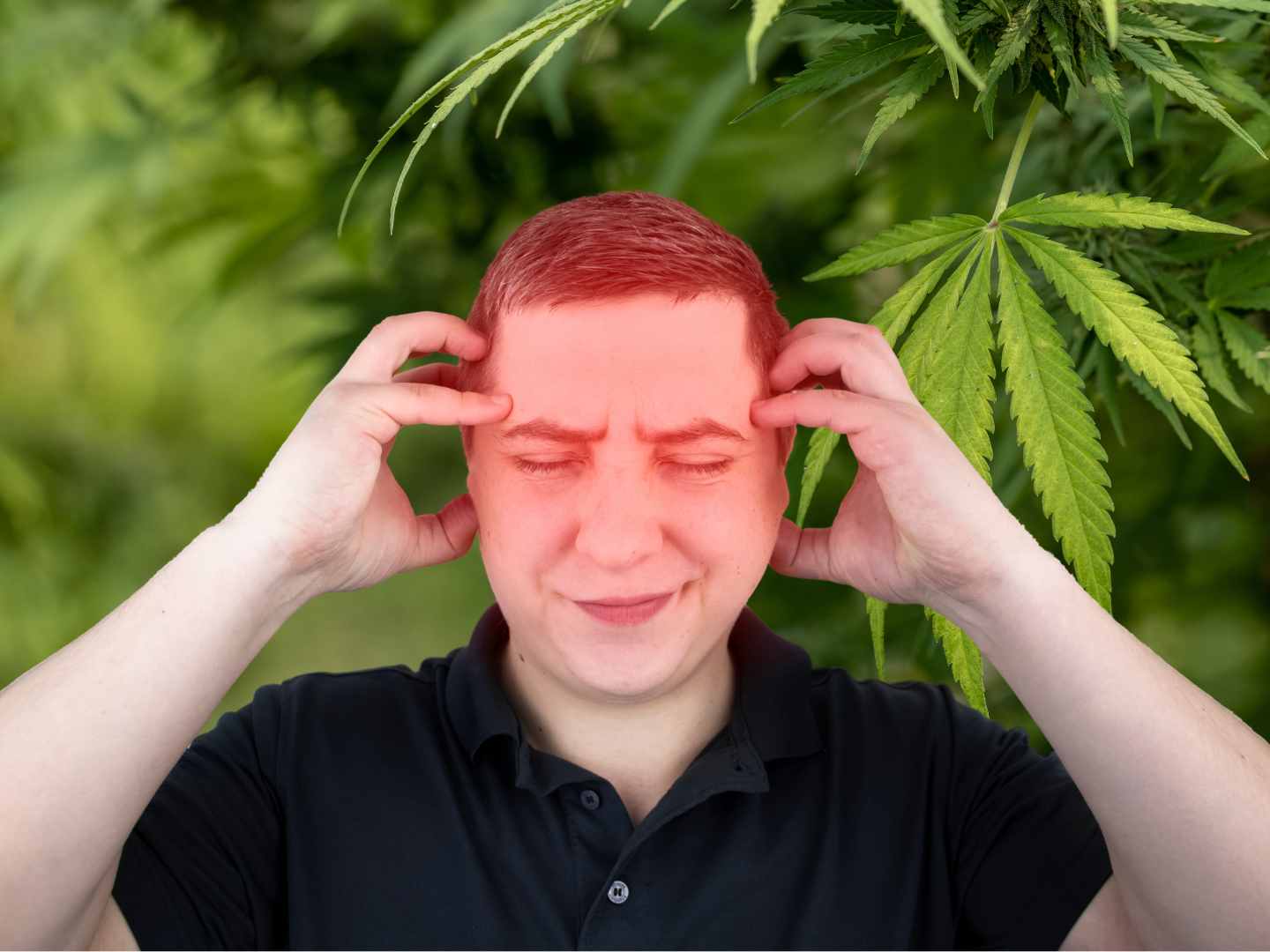Cannabis and Cluster Headaches: A High‑Risk, High‑Reward Frontier

Cluster headaches are in a league of their own—often called “suicide headaches” for their unbearable severity. These intense attacks, typically lasting 15 minutes to three hours and clustered in daily cycles, are not migraines. They’re shorter, sharper, and come with tearing, nasal congestion, even eye swelling—all on one side of the head. If you’re lucky, these episodes stop after a cycle. If not, they're a relentless daily battle.
Conventional treatments like oxygen, triptans, verapamil, or steroids help some—yet leave many in pain. That’s why the renewed interest in medical cannabis isn’t idle curiosity—it’s born from desperate need backed by intriguing biology and patient-driven outcomes.
Why the Endocannabinoid System Matters
We know cluster headaches originate in the hypothalamus, the brain’s “clock-maker.” That’s also where cannabinoid receptors—particularly CB1—are densely expressed. Cannabinoids like THC may modulate hypothalamic activity, potentially interrupting the trigeminal-autonomic reflex that triggers these brutal attacks.
In neurological studies, THC and CB1 agonists were shown to suppress cortical spreading depression—a phenomenon involved in migraines and possibly related pathological mechanisms in cluster headache physiology.Frontiers+5Releaf+5SAGE Journals+5Wikipedia
What Patients Are Telling Us
A French study of 139 cluster headache sufferers found nearly half had tried cannabis: 25.9% reported some relief after inhalation, 51.8% said effects were variable or uncertain, and 22.3% experienced negative outcomes.PubMed+1 A case report is even more dramatic—one patient experienced symptom relief within five minutes of smoking cannabis, and similarly fast improvement after a 5 mg oral dose of synthetic dronabinol.Frontiers+7Practical Neurology+7SAGE Journals+7
That track record is undeniably uneven—but it contains signals worth tuning into.
Risks, Rewards, and the Gray Zone of Data
Retrospective surveys and anecdotal reports point toward potential benefits. However, clinical consensus is restrained: a 2025 review concluded that cannabinoids might reduce headache frequency, ease pain, and improve sleep—but concerns about cognitive impairment, psychological dependency, and medication-overuse headache still stand. Controlled trials and standardized dosing are lacking.PubMed+1
A 2024 discussion highlighted how immune cells in pain pathways express both cannabinoid and CGRP receptors—suggesting that cannabinoids might even enhance the effects of CGRP-targeting drugs now standard in cluster headache and migraine prophylaxis.digitalcommons.onu.edu+3PubMed+3Lippincott Journals+3
The Delivery Dilemma and Personalized Variables
How cannabis is consumed—smoked, vaporized, sublingual, transdermal—matters. Rapid onset via inhalation may suit abortive treatment; slower-release forms might help with prophylaxis.Practical NeurologyLippincott Journals And cannabinoid ratios matter even more: anecdotal data suggests THC-dominant formulas may abort attacks quickly, but CBD-rich blends could support recovery and reduce anxiety post-attack—without triggering further headaches.ReleafBioMed Central
Yet while some patients find profound relief, others experience nothing—or worse. That divergence underscores how much remains unknown: optimal dosing, timing, formulations, and patient selection are still terra incognita.
Looking to the Future
This is one of the rare headache disorders where patient desperation meets biological plausibility. RCTs testing cannabis-based abortive or preventive treatments are now in the design stage, inspired by survey success stories and case reports.Practical NeurologyLippincott Journals
In the meantime, clinicians should approach cannabis for cluster headache with caution—and openness. Conversations must be framed around individualized risk-benefit analysis, clear expectations, close monitoring, and dosage controls.
Final Take
Cannabis isn’t a guaranteed treatment for cluster headaches—but it’s one of the few frontiers offering hope when nothing else works. The combination of hypothalamic receptor biology, dramatic patient anecdotes, and emerging cannabinoid science creates a compelling narrative.
If you're discussing options for refractory cases, cannabis warrants thoughtful, informed exploration—not hype, but neither dismissal. It’s a high-risk, high-reward frontier—and worth every ounce of rigorous study.
Please note: You are not currently logged in. Only members can contribute comments. If you would like to contribute click the button below.
